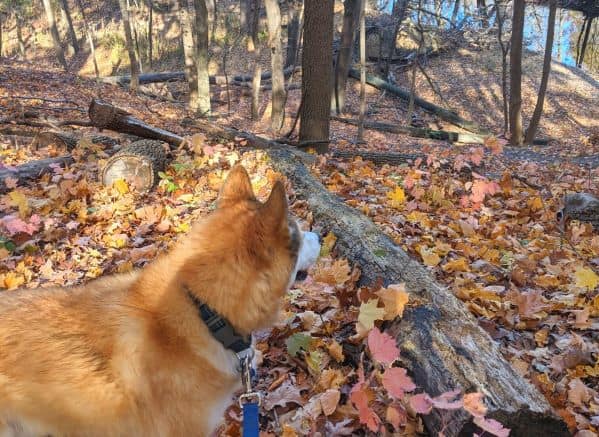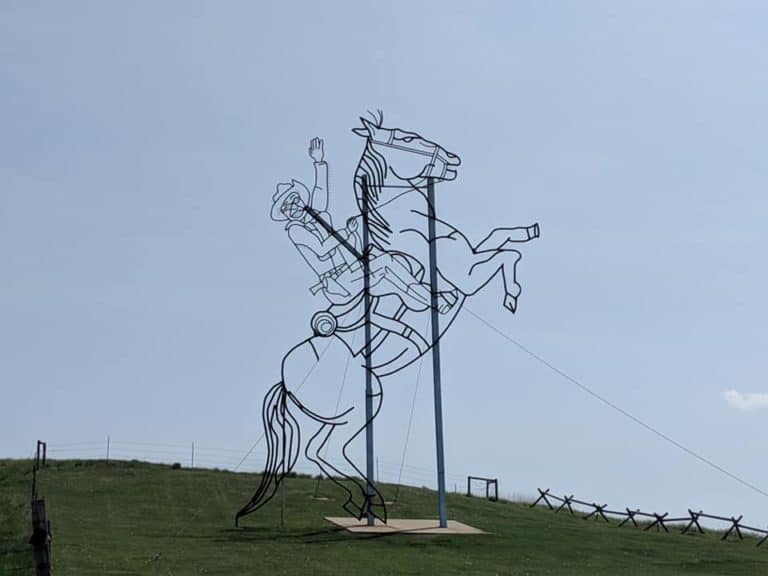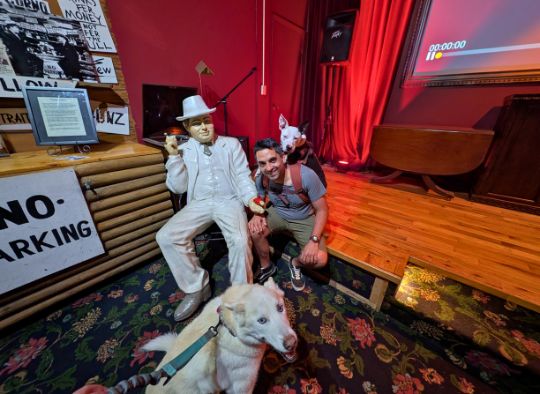Teach These Basic Travel Commands to Your Dog Before Their Next Trip
As an Amazon Associate, I earn from qualifying purchases. We may receive a commission for purchases made through these links. This site also contains affiliate links to products besides Amazon, like Etsy. We may receive a commission for purchases made through those links too (at no additional cost to you).
Basic Commands to Teach Your Traveling Dog
One of dog owners’ biggest concerns about traveling with their pets is how they will behave while on vacation. While there are quite a few places that will allow our pups to enter, many of these businesses tend to be more dog-tolerant rather than dog-friendly. This means that it is very important to take the time to teach your dog these basic travel commands so you both can be comfortable on your outings and be able to enjoy the experience.
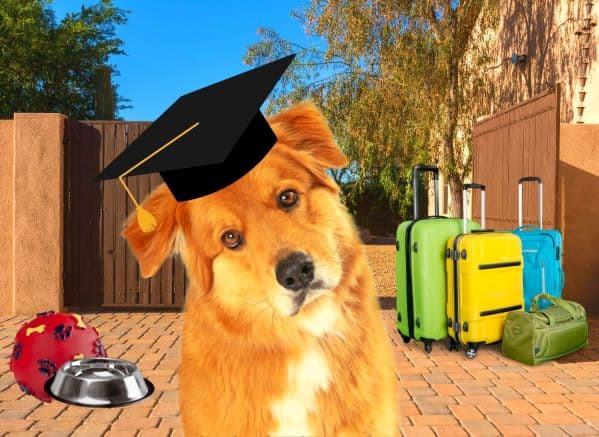
Check out our post if you need help planning a dog-friendly vacation!
Why Should I Train My Dog These Basic Travel Commands?
Training basic behaviors before you start traveling with your dog is crucial for several reasons. A misbehaving dog in public is at the very least embarrassing, but don’t worry, we have ALL been there. Uncontrollable barking or battling with your pup while they are pulling on the leash can draw unwanted attention and even result in you being asked to leave if it’s become too disruptive for other patrons. If disruptive pets become a common issue, the business may stop allowing animals altogether.
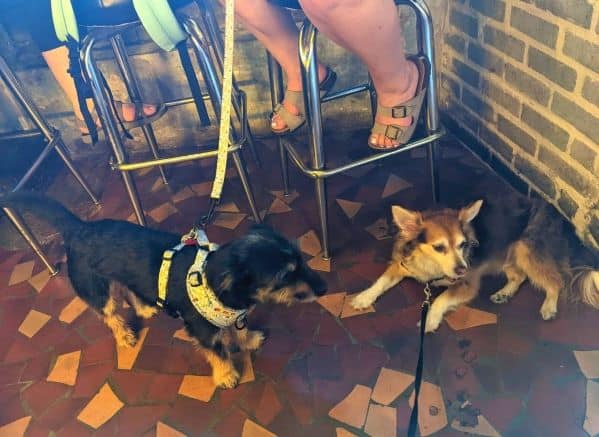
Even the idea of being asked to leave a place because of how your dog is behaving is enough to make many pet owners decide to leave their pup behind when they go on vacation. I believe that taking your dog on trips outside of your house is important for them to have a good quality of life. If you need convincing, look over our post about 10 reasons you should travel with your dog. Big vacations and little field trips are both mentally stimulating and will help keep your dog socialized and balanced, which can help with unwanted behaviors at home.
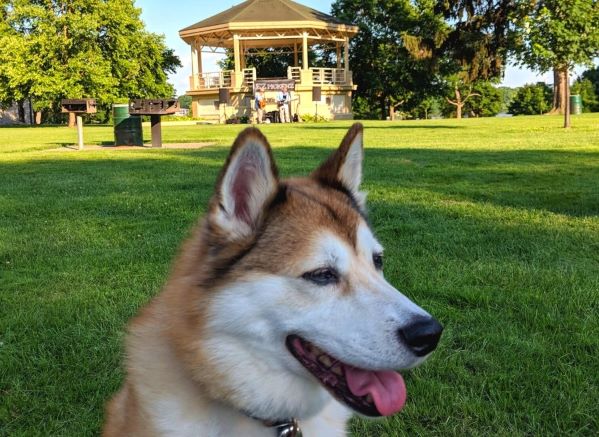
Having a misbehaving dog in public isn’t just embarrassing, it can also lead to dangerous situations. There are many things that can happen in public that will be completely out of your control, which means making sure your dog listens to you should be a top priority. Your dog may need to be able to walk calmly through high-traffic areas or avoid toxic foods, plants, and other items on the ground. If they get loose, they need to be able to come back to you when called and be able to ignore other animals they may come across.

By making sure your dog knows a few basics like walking nicely on a leash and recall, you will be able to confidently take your dog to more places and actually be able to enjoy the experiences you will share. Having a well-behaved dog will also open more doors for you while you are on the road. Businesses are more likely to bend the rules for you if your dog is well-mannered and eventually may even decide to become a dog-friendly business.
Who Should Learn Basic Travel Commands?
The answer to who should learn basic travel commands is EVERYONE. Any animal that you are traveling with should learn a basic recall or come command. Rodents, ferrets, rabbits, dogs, cats, and birds can all learn this behavior. In the awful event that something happens that results in them getting away from you, having the ability to call them back is crucial.

Animals that will spend time outside of their cage and/or on a leash should learn more behaviors like drop it, walking on a leash, etc. The commands needed will also be dependent on the activities you and your pet will be doing.
Your pets are not the only ones that should learn the basic travel commands before your trip. All humans in your group should learn how to give your animals the most important cues like recall or leave it. This will give an added layer of security because someone else in the group may see something before you do.

Basic Travel Commands for Dogs
When you start taking your dog to new places, there are a few basic travel commands that will make the trips less stressful for you and your pup. Here are 6 basic travel commands that are guaranteed to make your outing more enjoyable.
Recall – Making sure your dog comes to you when called is super important especially if they get off leash!
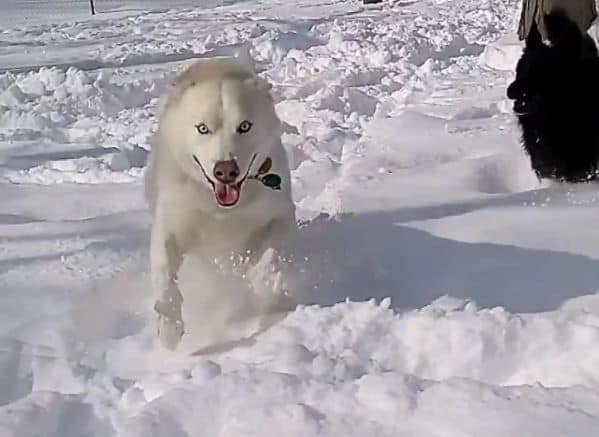
Emergency Recall– this one is slightly different from a typical Recall and therefore should have its own cue. Emergency recall should be used only in emergencies and should be so strong that your dog ignores whatever is going to come back to you. For example, use this command to get your dog back before they run into traffic.
*This command is also especially helpful if your dog’s normal recall has lost its effect due to friends and family not being as consistent with the command.
Loose Leash Walking– No one wants to be pulled around all day and depending on the size of your dog, this can make people nervous or result in damaged items around you.
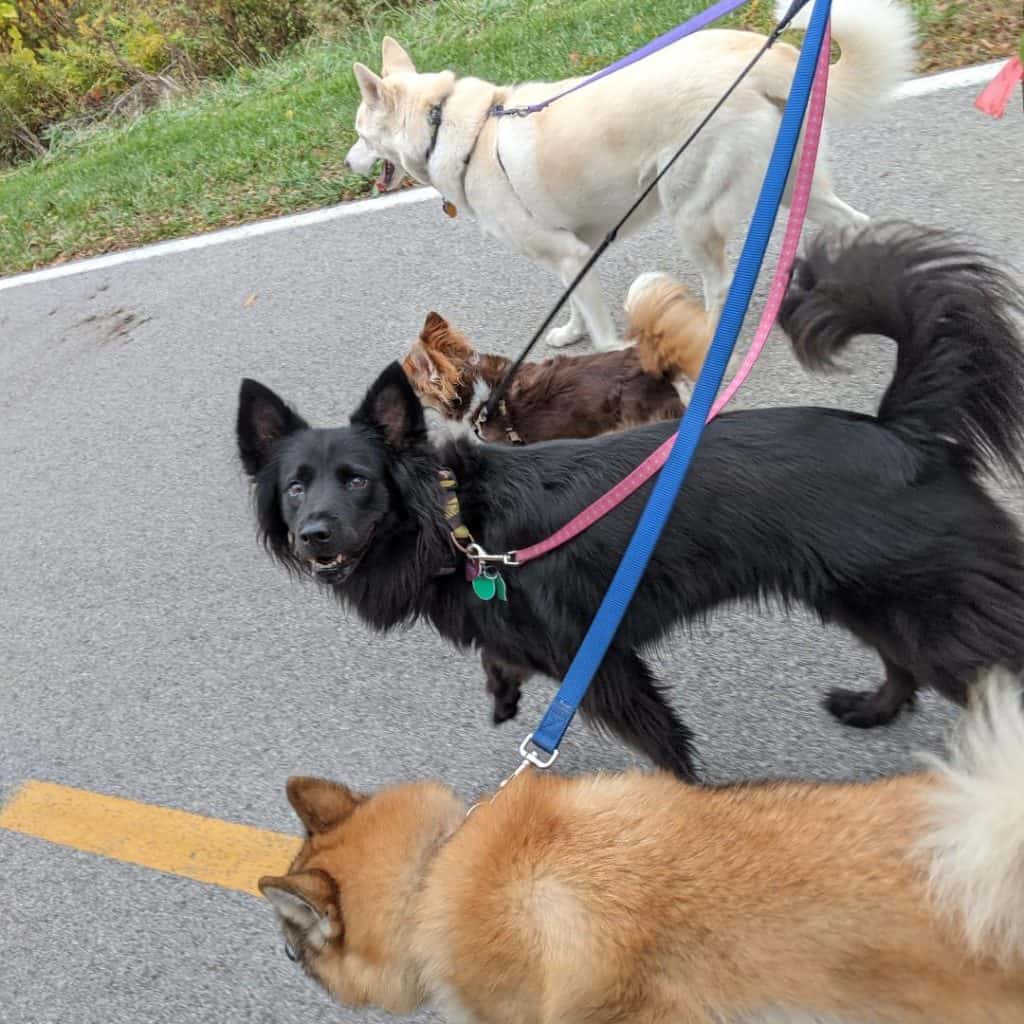
Leave it– Stop your dog from getting into something before it’s too late.
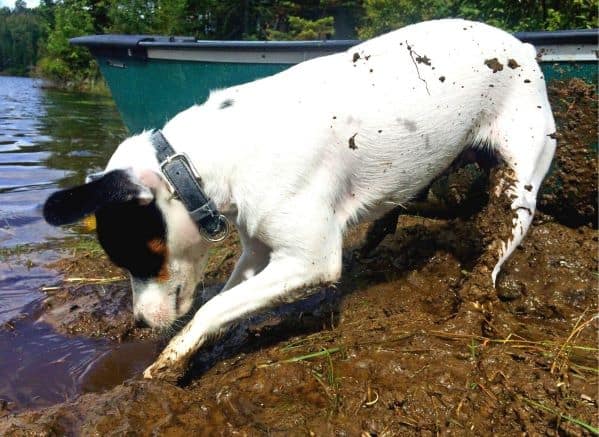
Drop it– If your pup picked something up that they shouldn’t have, get them to quickly drop it before they get hurt.

Look– I love this command because if my dogs start getting too excited, I can redirect their attention back to me and it helps them calm down. It also helps me get some great photos of them during vacations and family pictures.

Bonus Travel Commands for Dogs
These bonus travel commands may not be as crucial as the basic ones, but they will make life on the road much easier and more enjoyable!
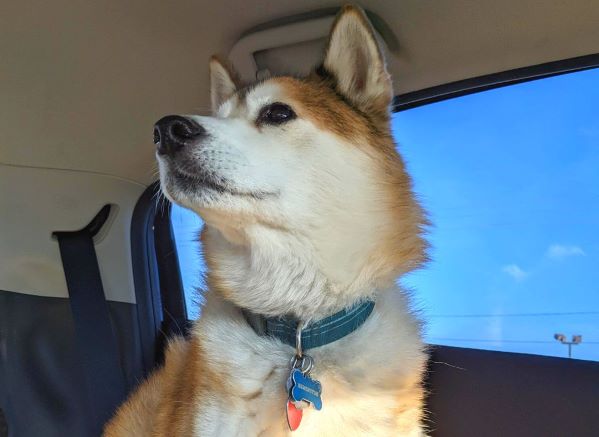
“Other Side”- I inadvertently trained my oldest dog this command and I am so glad I did. No more fumbling with the leash to untangle them when they go the wrong way around a tree or post. Simply use this command to get your dog to stop walking forward and come around to your side so you both can continue on your way.
“Back up“- This command requires your dog to take a step back away from where they are standing. This can be to give you room to work on something or get them to back up from a mountain ledge or animal.
“Place“- Whether you are in a tent, camper, or hotel room, being able to have your dog go to a dedicated ‘place’ and wait until you are ready is a lifesaver! Being able to come and go from your sleeping area without worrying about your dog escaping is gold.
“Quiet/Calm“- This is a big one! Once this command is trained it is fantastic to be able to have your dog stop barking with a single word instead of frantically trying to distract or redirect them or get them to leave the area.
Quick Training Basics Before You Start
Before you start training an animal on any type of behavior, there are a few quick training basics you should go over first. Keeping these things in mind is crucial to maintaining a healthy relationship with your pet and finding long-term success with their training. Even if you have trained animals before, reviewing these basic tips will be a helpful reminder to keep you honest and on track.
Consistency
If you are not consistent in what you expect from your animals, how can your animals be expected to know what you want?

Make sure that everyone that comes into regular contact with your dog is on the same page. It IS ok to limit the type of interactions people have with your pup until your dog has a behavior down pat. Even then, you may want to be careful of who is around your animals without supervision.
You should also have regular training sessions with your pets to maintain these behaviors. This way you can fix any mistakes before they go too far, and your animals will be used to what is expected.
Use it or Lose it
Do you remember how to do quadratic equations from high school? Me either! Why? Because I never used them after I learned them.

If you don’t use the behaviors that your dog has learned, they will get rusty, and some dogs may forget them altogether. I have seen so MANY pet owners pay large sums of money for their pups to go to training camps to learn basic manners and be frustrated and disappointed when their dog no longer behaves a few weeks after being home.
Flexibility
Keep in mind that not all training methods will work for your dog or for you so you will need to be flexible. The way you have previously trained other animals to sit or walk on a leash may not work for your newest pup. It is important to be able to adapt to your current student and environment.

High-end Rewards
When training new and/or difficult behaviors it is important to use a high-end reward. You will want to use something in your training sessions that your pet finds very fulfilling.

Lots of people often confuse this with good food or treats. Whereas these CAN be great rewards, not all animals are food motivated. Use whatever your dog finds rewarding, not what you think should be rewarding. Your pup may work better if you use toys, games, extra pets, sounds, or even an extra happy voice. In this case, your dog knows best.
Keep it Positive
Try to keep your training sessions as positive as possible. No one learns well from a cranky teacher or in a stressful and negative environment. You want your pets to WANT to learn. Make it fun and it will make a huge difference for everyone involved.

This is also true if your ‘student’ is not in a good head space to learn what’s on the calendar for that session. You may need to change the lesson plan to keep the session positive and successful. Often a short walk or play session to bring their energy level down can make a world of difference.
Be Patient
Whenever you are teaching anyone, it is important to be patient with them. No one learns well with a cranky teacher who gets frustrated and angry with their students. If you don’t have the proper mindset for a training session, it is okay to skip it, end it early, or do it at another time.
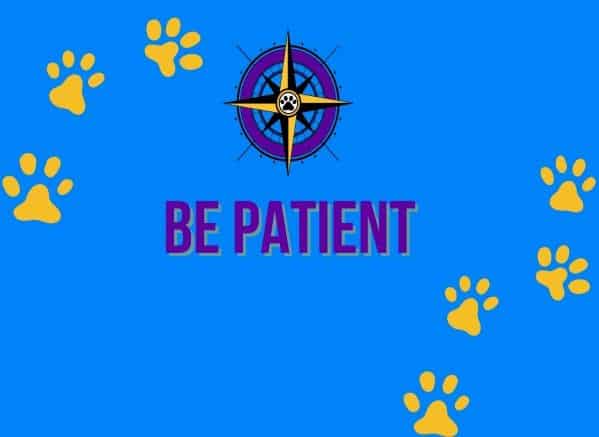
Make Sure it’s Fully Trained
Just because your dog came to you when called a few times at home does not mean that they are trained to it. Behaviors are only considered fully trained when you have a consistent 80% success rate. You will also need to practice or train that behavior in a variety of settings. This means that you need to train your dog ‘recall’ in your home, your yard, at a park, in stores, etc.
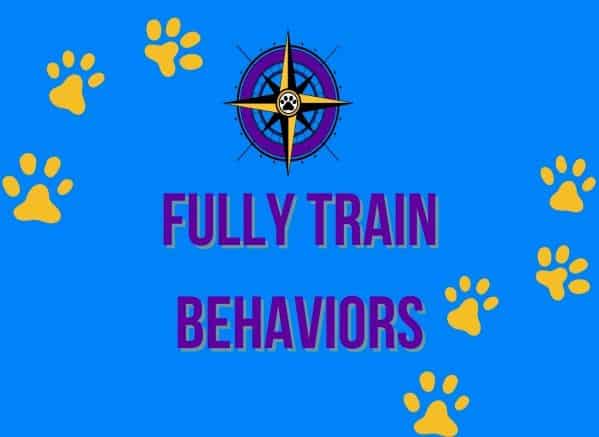
You will also want to have your training sessions around different distractions such as kids playing, other dogs, wildlife, traffic, runners, bikers, etc. The more settings and circumstances your dog can practice in, the better. This will increase the chances that they will be able to focus and listen to you no matter where they are or what is going on around them.
Helpful Tips
It is ok to realize that training new behaviors is not your thing. Or that training your own dog is not your thing. Training is a technique that does require a bit of finesse and is not for everyone. If training is not for you, you can always hire a professional dog trainer.

If you discover that the problem is that you are not able to train your particular dog, consider finding a friend and training each other’s pets. Having patience during the training session is important. And it is much easier to get frustrated with your own kids and animals than somebody else’s.
Start Training!
Now that you know the basic travel commands your dog should know to help make your trips safe and less stressful, it’s time to get started! Even if the trips you take with your dog are to local parks and stores, it makes a huge difference to adventure with a well-behaved pup. This way, you can enjoy the outings instead of being on edge and worried about the ‘what ifs’ the entire time. If you have any questions, feel free to shoot me a message through email or join our Traveling Pet Owner’s Facebook group.
Pin For Later:
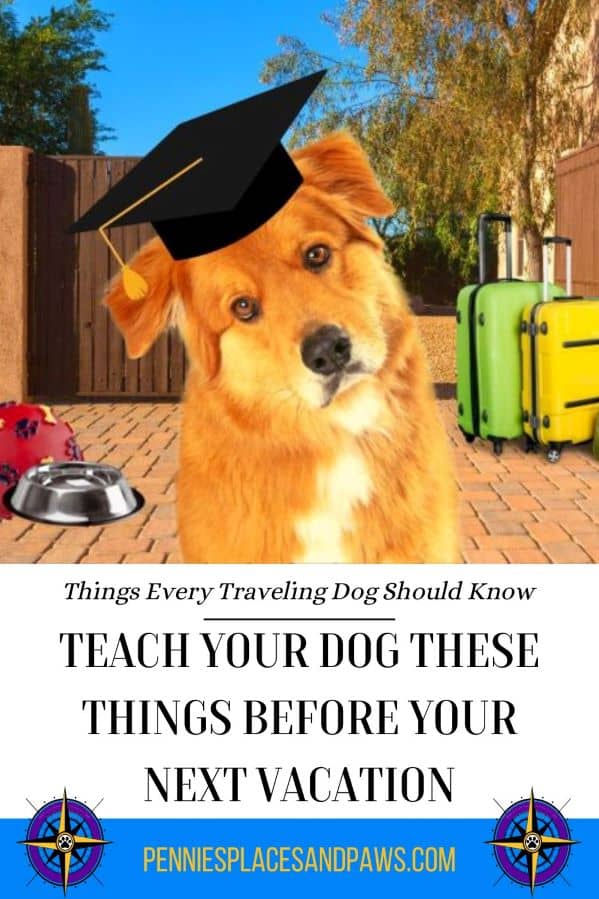
Amazon and the Amazon logo are trademarks of Amazon.com, Inc, or its affiliates.


